Edward James "Jim" Corbett (25 July 1875 in Nainital– 19 April 1955 in Nyeri, Kenya) was a British hunter, conservationist, author and naturalist, famous for slaying a large number of man eating tigers and leopards in India.
Corbett held the rank of colonel in the British Indian Army and was frequently called upon by the government of the United Provinces, now the Indian states of Uttar Pradesh and Uttarakhand , to slay man eating tigers and leopards who had killed people in the villages of the Garhwal and Kumaon region. His success in slaying the man-eaters earned him much respect and fame amongst the people residing in the villages of Kumaon, many of whom considered him a sadhu (saint).
The legend of Jim Corbett is still alive, not only in the minds and hearts of the people of Kumaon & Garhwal, but also all over the world. His six books, which are the nearest to his autobiographies, have never been out of print. There are four biographies on him and three films on his life have already been made.
He lived in Gurney House in Nainital for the greater part of his life with the last of his large family, his mother Mary Jane Corbett and his sister Margaret Winfred Corbett, fondly called Maggie.
His father, the postmaster in Nainital, died when Jim Corbett was four. It fell to Corbett’s mother to raise and educate 12 children on a widow’s meager pension. His mother, Corbett recalled, “had the courage of Joan of Arc and Nurse Clavell combined”. After the death of his mother in 1924, Maggie and Jim were constant companions to each other and both chose not to marry.
Jim Corbett was a simple, unassuming man of six feet and a few inches with blue eyes. He dressed only in bush clothing and wore an assortment of hats which he would never forget in the jungle. He was shy but liked the company of his Indian friends. He was known as a shikari, a killer of man-eaters. He loved the people of India and understood their needs and sentiments.
His father, the postmaster in Nainital, died when Jim Corbett was four. It fell to Corbett’s mother to raise and educate 12 children on a widow’s meager pension. His mother, Corbett recalled, “had the courage of Joan of Arc and Nurse Clavell combined”. After the death of his mother in 1924, Maggie and Jim were constant companions to each other and both chose not to marry.
Jim Corbett was a simple, unassuming man of six feet and a few inches with blue eyes. He dressed only in bush clothing and wore an assortment of hats which he would never forget in the jungle. He was shy but liked the company of his Indian friends. He was known as a shikari, a killer of man-eaters. He loved the people of India and understood their needs and sentiments.
Credits to Gatsby, Gurinder and dandyofpunjab for the pictures.
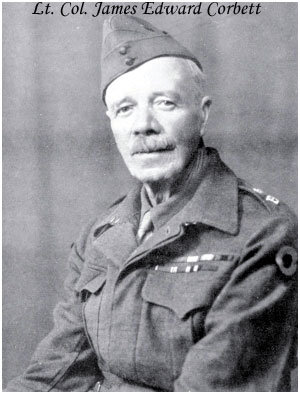
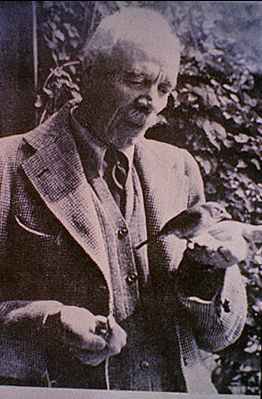
Family photo of James Corbett, possibly his brother Tom, mother Mary Jane and sister Maggie.
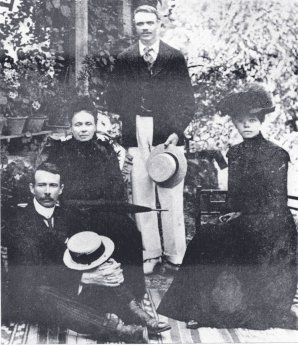
Having a smoke in Dhikala.

In later life, Corbett in Nyeri, Kenya.
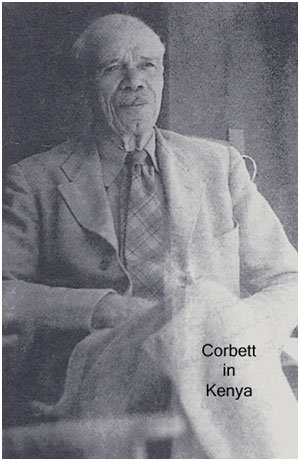
A very rare photograph of Jim Corbett, Capt Feddy Young & Col Wood having lunch after a duck shoot in the Ganga Khadar of distt Bijnor, photo taken during the period when Sultana was being hunted down.. (family collection ....jalilpur bijnor)

Hunting the Man-Eaters:
Between 1907 and 1938, Corbett tracked and shot a documented 19 tigers and 14 leopards — a total of 33 recorded and documented mann-eaters. It is estimated that these big cats had killed more than 1,200 men, women and children. The first tiger he killed, the Champawat Tiger in Champawat, was responsible for 436 documented deaths. He also shot the Panar Leopard, which allegedly killed 400 people. This leopard's skull and dentition showed advanced, debilitating gum disease and tooth decay, such as would limit the animal in killing wild game and drive it towards man-eating. One of the most famous was the man-eating Leopard of Rudrapayag, which terrorised the pilgrims to the holy Hindu shrines Kedarnath and Badrinath for more than ten years.
Other notable man-eaters he killed were the Talla-Des man-eater, the Mohan man-eater, the Thak man-eater and the Chowgarh tigress.
A child poses with the Man Eating Tiger of Talla Des.

The Bachelor of Powalgarh.

Preparing Machaan for shooting 'Chuka maneater'

The body of the Man Eating Tiger of Chuka after it being skinned.
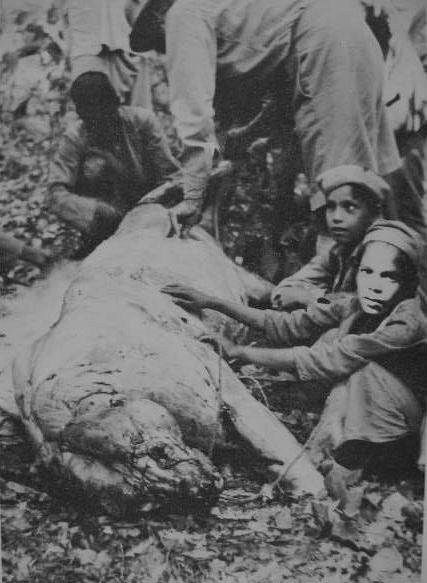
With the relatives of last victim of 'Chuka Maneater'; Skull of the skinned maneater

The Head of the Champawat Man Eater which was documented at being responsible for 436 deaths
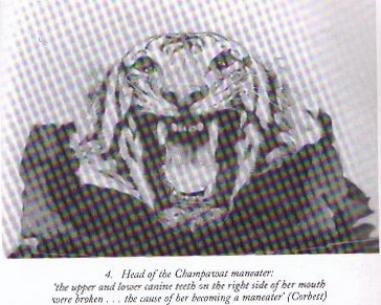
Jim Corbett killing the man-eating leopard of Rudraprayag

Another picture of the man-eating leopard of Rudraprayag
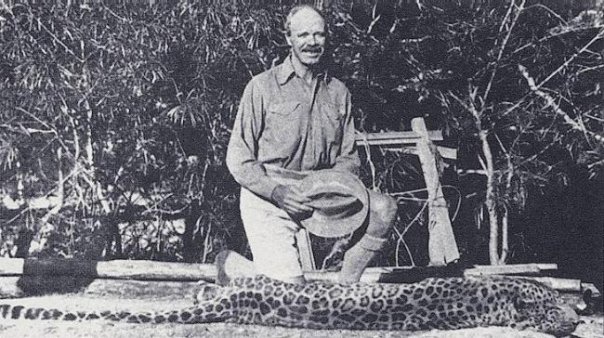
The Panar Maneater.
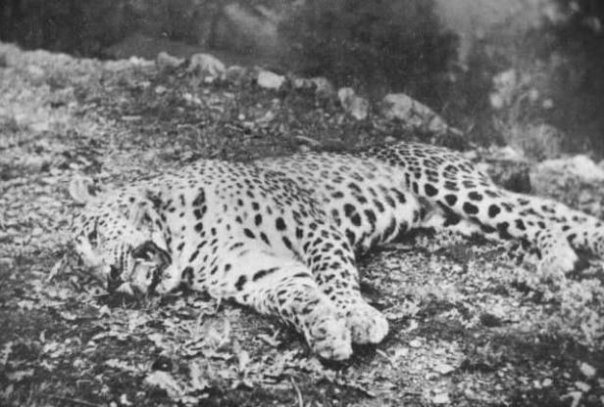
Two unknown tigers infront of the Corbett's Tent
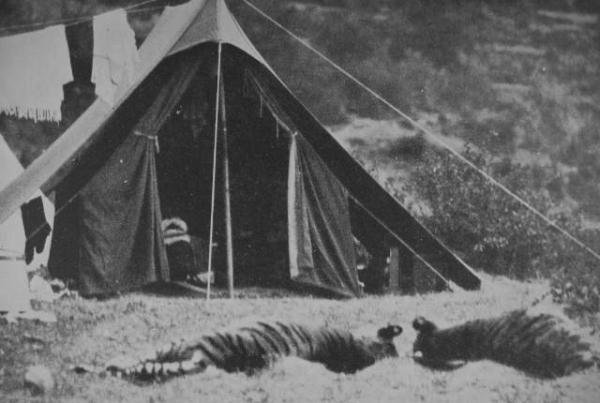
JIM CORBETT MUSEUM
Corbett's home at Chhoti Haldwani, Kaladhungi has been converted into a museum. The 221 acres (0.89 km^2 0.345 square miles) village, which he bought in 1915, still has his memories intact in the form of the Chaupal called meeting place.
Credits to nitroexpress.
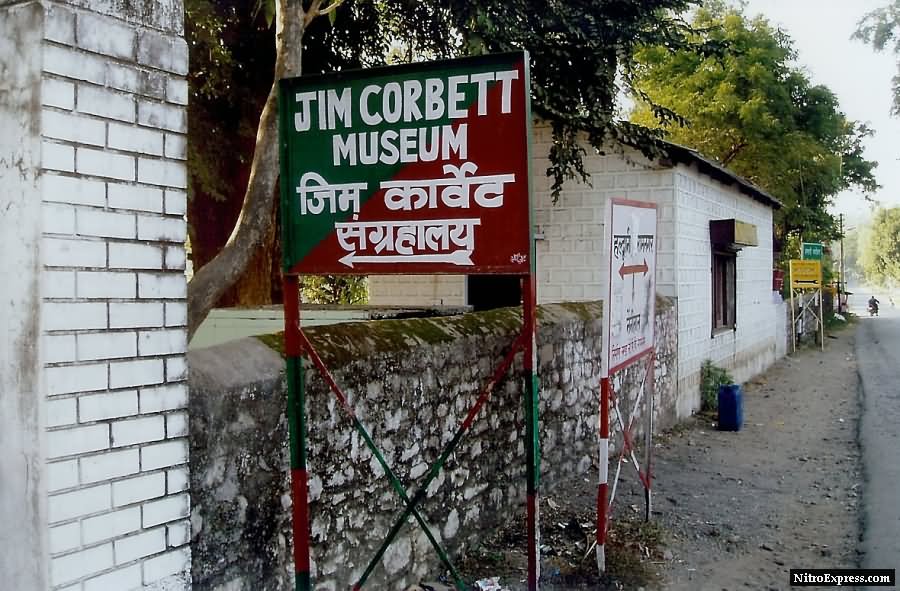
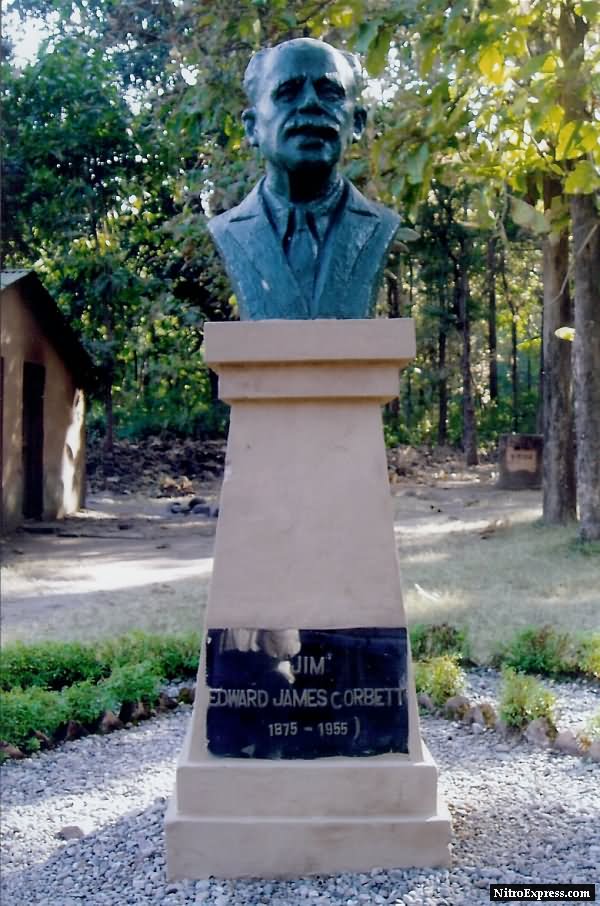
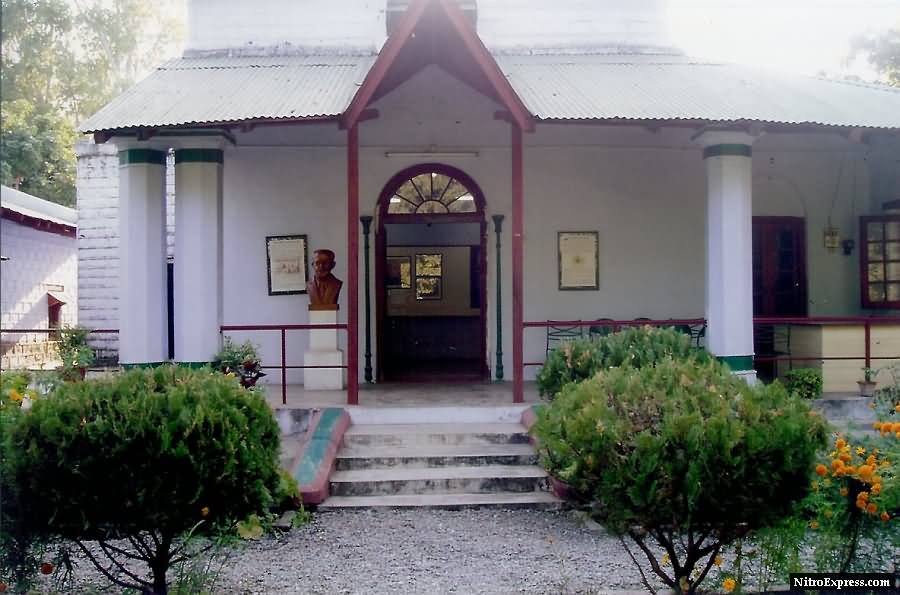
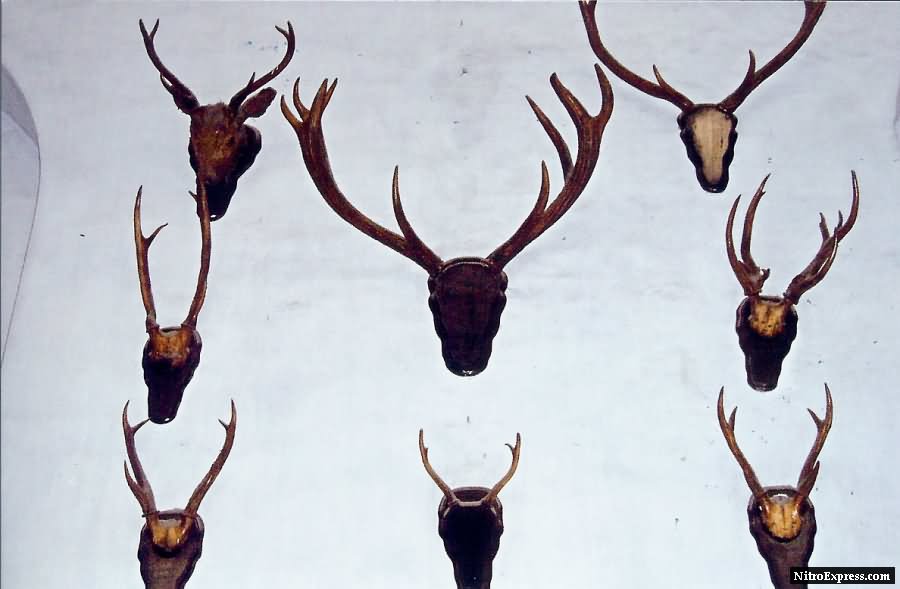

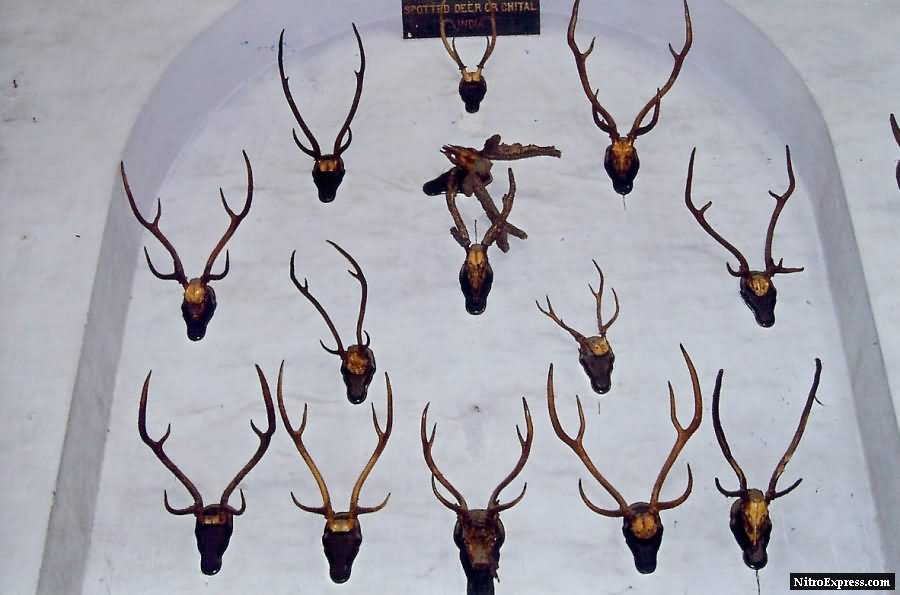
Jim Corbett’s home in Nainital, Gurney House is a 10 minute walk up the hillside from The Naini Retreat
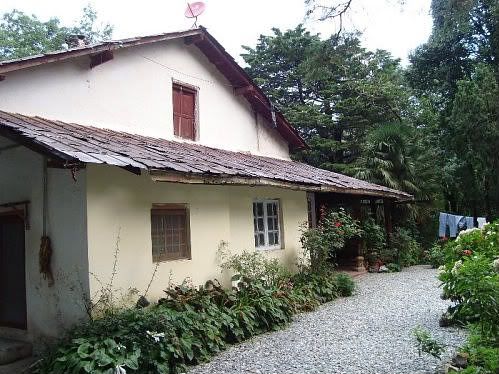
Thanks for the pics... Looks very interesting. Felt like visually going back to his times and coming back. What a man!!!
ReplyDeleteHow thrilling it is to see the hunts of Jim corbett of which we have come to know in his well-written accounts/books.It gives the feeling of being present with Jim in those days of hunting the man-eaters. The feeling got intensified particularly in the context of our recent visit to places in Uttarakhand associated with Jim Corbett.
ReplyDeleteRare photographs.Worth keeping in collection of all corbett-lovers.--Pallab Kumar Banerjee. Raiganj, West Bengal
ReplyDelete